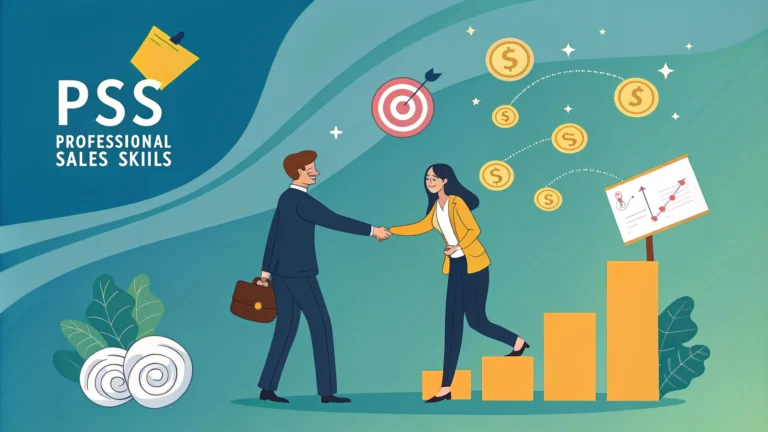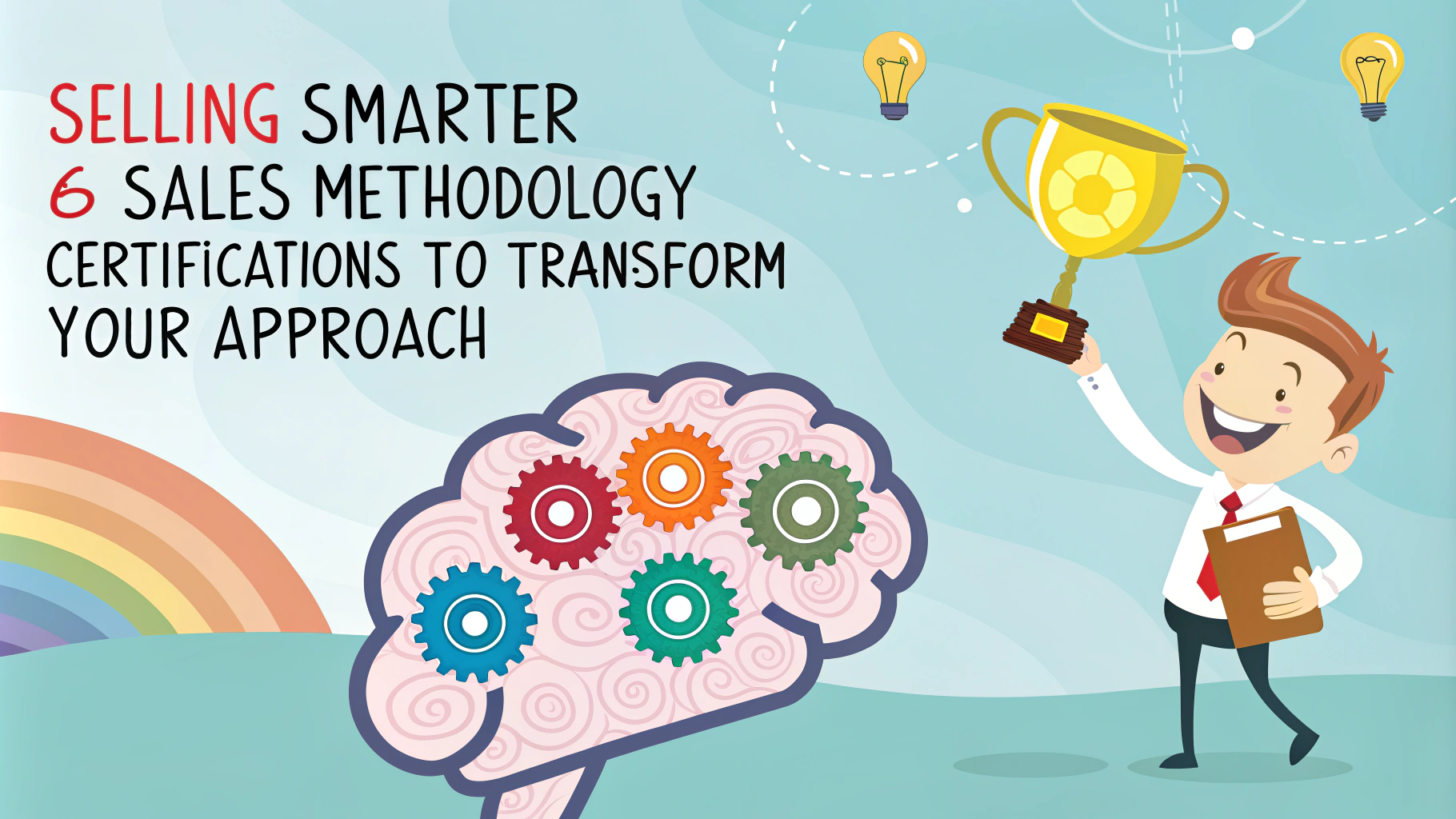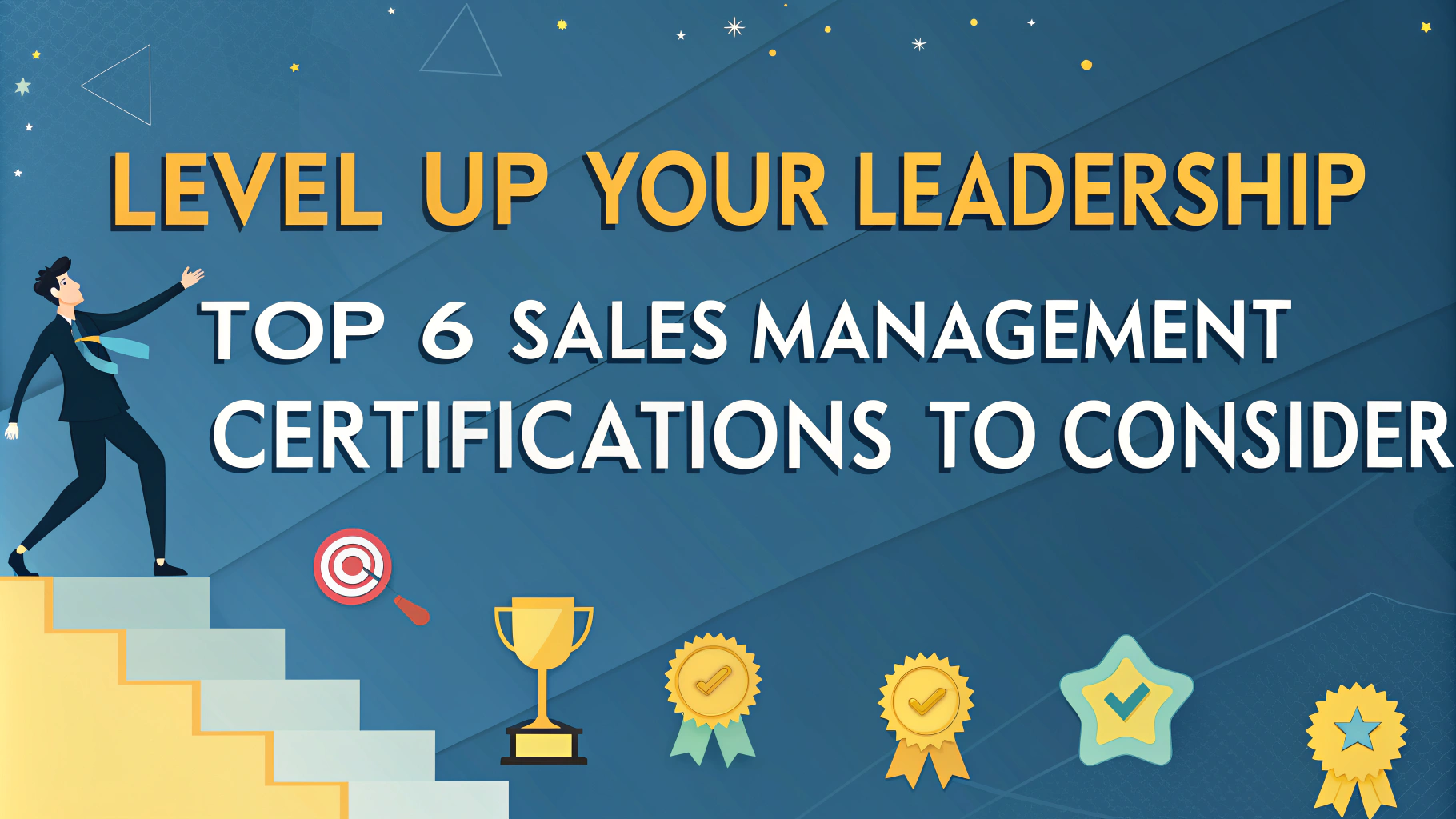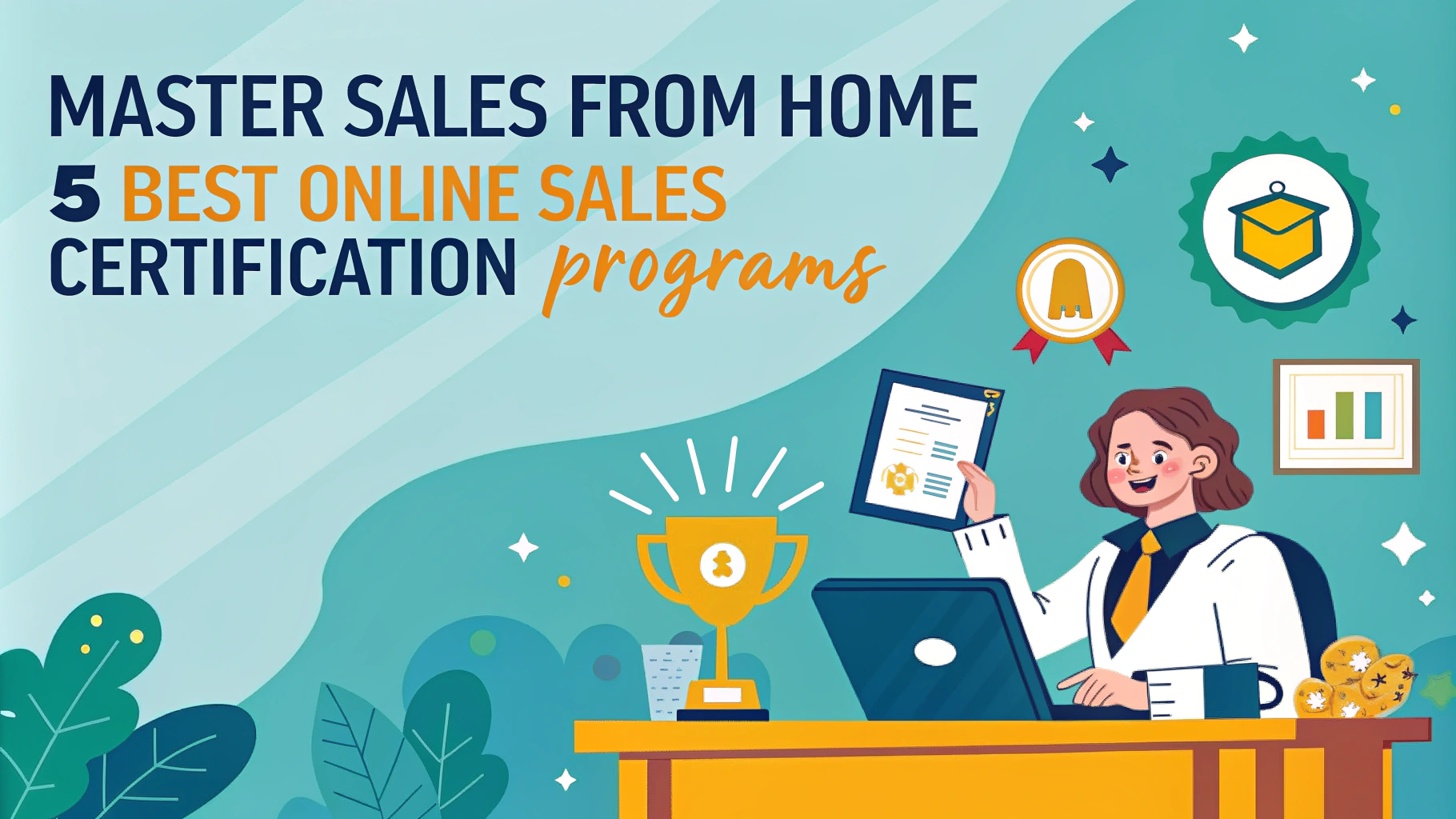The selling game has changed in recent years. Competition is fierce, competitors aren’t afraid to undercut to steal the deal, sales cycles are complex, and price obsession is rife.
Despite all of the above, people are still winning in the selling world. Opportunities are constantly being created and won – using professional sales skills.
We need to adapt salespeople’s training to today’s lifestyle, and consultants can’t afford to be average at what they do.
A salesperson needs superior business techniques in today’s market, and that’s exactly what a PSS course should offer. PSS is a set of tried and tested guidelines for effective selling.
Over the years, great PSS courses have been updated to include modern techniques and talents to keep it relevant in today’s world.
Benefits of Professional Sales Skills
An effective PSS course formalises the essential elements of the sales process, and incorporates the gut-feel tricks into systematic guidelines where possible.
It’s a set of basic principles that can be refined according to each consultant’s personalities, strengths and styles.
- Turning salespeople into knowledgeable business consultants.
- Consultants develop critical skills to help build solid client relationships.
- Increase sales performance.
- The salesperson will understand their clients’ business reality.
- Moving away from high-pressure selling tactics.
- Increase in new business & customer loyalty.
Five Phases of Professional Selling Skills
All effective sales training should incorporate the five phases:
- Preparation.
- Needs Identification.
- Presentation & Communication.
- Handling Objections.
- Closing.
A Great Professional Sales Skills Course Should Cover:
- Preparation:
1.1. Time & Territory Management
- Learn the 4 sales styles and how and when to use each one.
- Understand the value of being able to vary your selling approach.
- Learn new strategies and ideas to manage your schedule effectively.
- Develop a personal time schedule and territory management plan.
1.2. Face-To-Face Networking
- Create and implement a sales networking strategy.
- Learn how to approach strangers at events with confidence.
- Develop your unique, winning “elevator speech”.
- Qualify your contacts and decide on an appropriate next step.
- Use professional techniques to increase networking effectiveness.
1.3. Social Networking
- Create a persuasive, professional, online profile.
- Develop and implement a social networking strategy.
- Build a virtual network.
- Maintain online relationships.
- Use carefully selected groups to demonstrate your expertise.
- Understand guidelines for posting and selling on social media.
- Use your network to make contact with prospective clients.
- Understand the benefits of frequent online updates.
- Learn email marketing to provide value to your network.
1.4. Increasing Efficiency and Effectiveness
- Assess the professional sales skills and techniques required for new business strategies.
- Learn the best advisory selling techniques and how to implement them.
- Understand how sales activity levels work and how to manage them.
- Needs Identification
- Re-Structuring Your Sales Plan and Approach to Business
- Identify target markets most likely to need what you offer.
- Find “holes” in competitors’ strategies and learn how to fill them.
- Develop a USP to set yourself apart from competitors.
- Understand company growth options and their risks.
- Assess and quality your own sales skills.
- Create measurable business goals for yourself.
2.2. The Lost Art of Sales Correspondence
- Discover how sales letters and emails can be effective.
- Put punch into your email correspondence by choosing your language carefully.
- Learn how to structure follow-up letters to reinforce key selling points.
- Put together a “benefits proposal” to help increase closing rates.
- Presentation & Communication
3.1 Setting Appointments
- Learn strategies for enhancing the effectiveness of initial sales calls.
- Personalize the 7-Step calls framework to suit your selling style.
- Put together a “How We Work” statement.
- Explore how to take control of the agenda of meetings.
- Develop skills to help you get clients to commit.
- Learn the art of following-up effectively.
3.2 Reading Body Language
- Recognize and respond to non-verbal behaviors & cues.
- Interpret physical and visual body language.
- Learn the Red/Yellow/Green non-verbal cues system.
- Develop your gut feeling to make it easier to understand the client’s needs.
- Understand the effect personal space has on the customer/seller relationship.
- Learn how personal dress and grooming affects client perceptions.
- Discover how your posture and mannerisms affect your professional image.
3.3 Presentation & Group Selling Skills
- Discover simple methods to follow to exceed your audience’s needs.
- Learn how to apply the 6 Habits of Successful Presenters.
- Identify the decision-makers and learn how to sell to them in a presentation.
- Understand how to sell effectively to diverse groups with different needs.
- Use your voice effectively.
- Structure your presentation in an effective way.
- Explore different presentation aids (video, demonstrations, brochures, etc)
- Incorporate interaction and discussion into your presentations.
- Learn how 3 simple techniques can help you overcome nervousness.
- Discover the most common presentation mistakes and how to avoid making them.
3.4 Advanced Questioning Techniques
- Learn 4 types of questions that can increase sales success.
- Develop your own questions to use in specific situations.
- Look at your proposal from your client’s perspective.
- Understand how storytelling can help put a client at ease and increase their understanding of a product or service.
- Learn how to use appropriate analogies to justify clients’ purchasing decisions.
- Discover why questioning is one of the most important sales techniques.
3.5 Competitor Analysis
- Create a strategy to collect information on competitors.
- Develop specific questions to understand how your customer views the competition.
- Use a relationship-based sales approach to out-sell competition.
- Learn to adapt in-the-moment to outshine competitors who rely on one approach.
- Understand the difference between macro and micro differentiation.
- Cater your product or service to meet your customer’s needs based on their business position.
- Handling Objections
4.1 Prevention Instead of Handling
- Review and become familiar with successful objection handling techniques.
- Learn proven professional selling skills to prevent objections entirely.
- Deal with price sensitivity in the appropriate manner.
- Understand the thought-process behind customer objections and stalls.
- Learn the difference between stalls and objections.
- Closing
5.1 Negotiating The Sale
- Understand the psychology behind negotiations.
- Develop your personal negotiation style.
- Learn which negotiation techniques are appropriate for certain situations.
- Explore ways to practice your negotiation skills.
- Create urgency in your proposal as a way of closing faster.
- Deal effectively with price negotiations without undercutting yourself.
- Structure your closing proposals to be customer-specific and beneficial.
- Develop a template for a winning closing proposal.
- Create high-value, low-cost concessions to use in negotiations.
- Formulate a strategy to minimize lost or unnecessary proposals.
- Learn the Pre-Proposal Review technique to boost your closing rate.
5.2 Closing Techniques
- Understand the difference between soft and hard closing techniques.
- Learn how to select the right technique at the right time.
- Cater your closing tactics to your customer’s negotiation style.
- Plan and rehearse your strategies for increased effectiveness.
Tools Developed in a Professional Selling Skills Class:
- Step-by-step Sales Process plan.
- Advanced Needs question list.
- Time Management schedule.
- Territory Management plan.
- Presentation “cheat-sheet” checklist.
- Professional Sales Skills list.
- Negotiating Give-and-Take list.
- Social Networking implementation plan.
- Financial Justification model.
Related Courses
- Xerox PSS
- Miller Heiman (Achieve Global)
- Training Course Material
- MTD Sales Training Specialists
- Professional Selling Skills
Conclusion
PSS, or professional sales skills, are essential components of an effective selling strategy. Techniques have changed over the years, but the most successful ones are still used today.
Rounding out your skill set could be the key to boosting your sales closing rate and bringing in new business or generating repeat business.
A PSS course should cover all the above skills, strategies, and techniques. Don’t underestimate the importance of polishing your skills in these areas – you may be surprised to find how much they increase your sales success.





